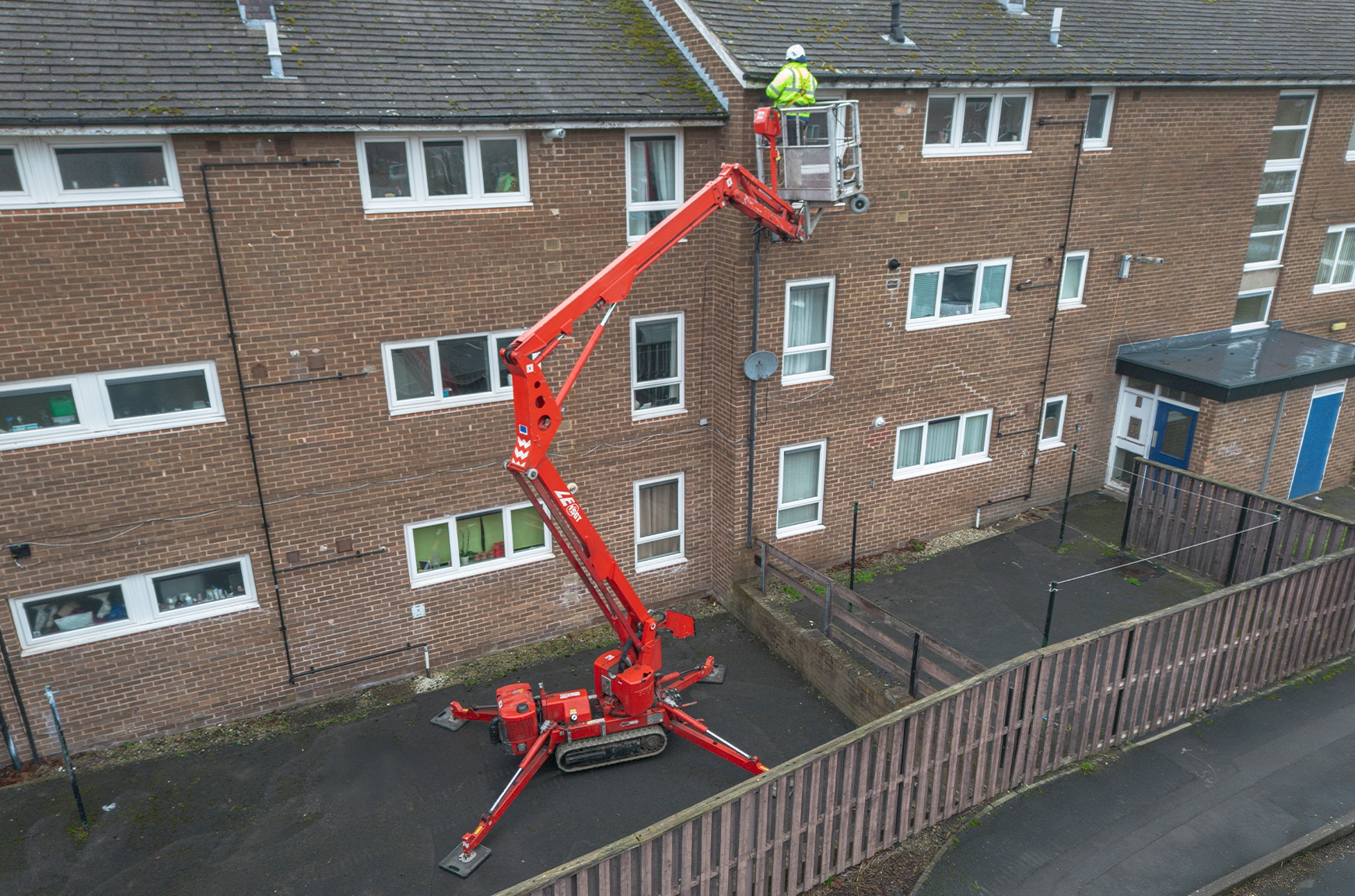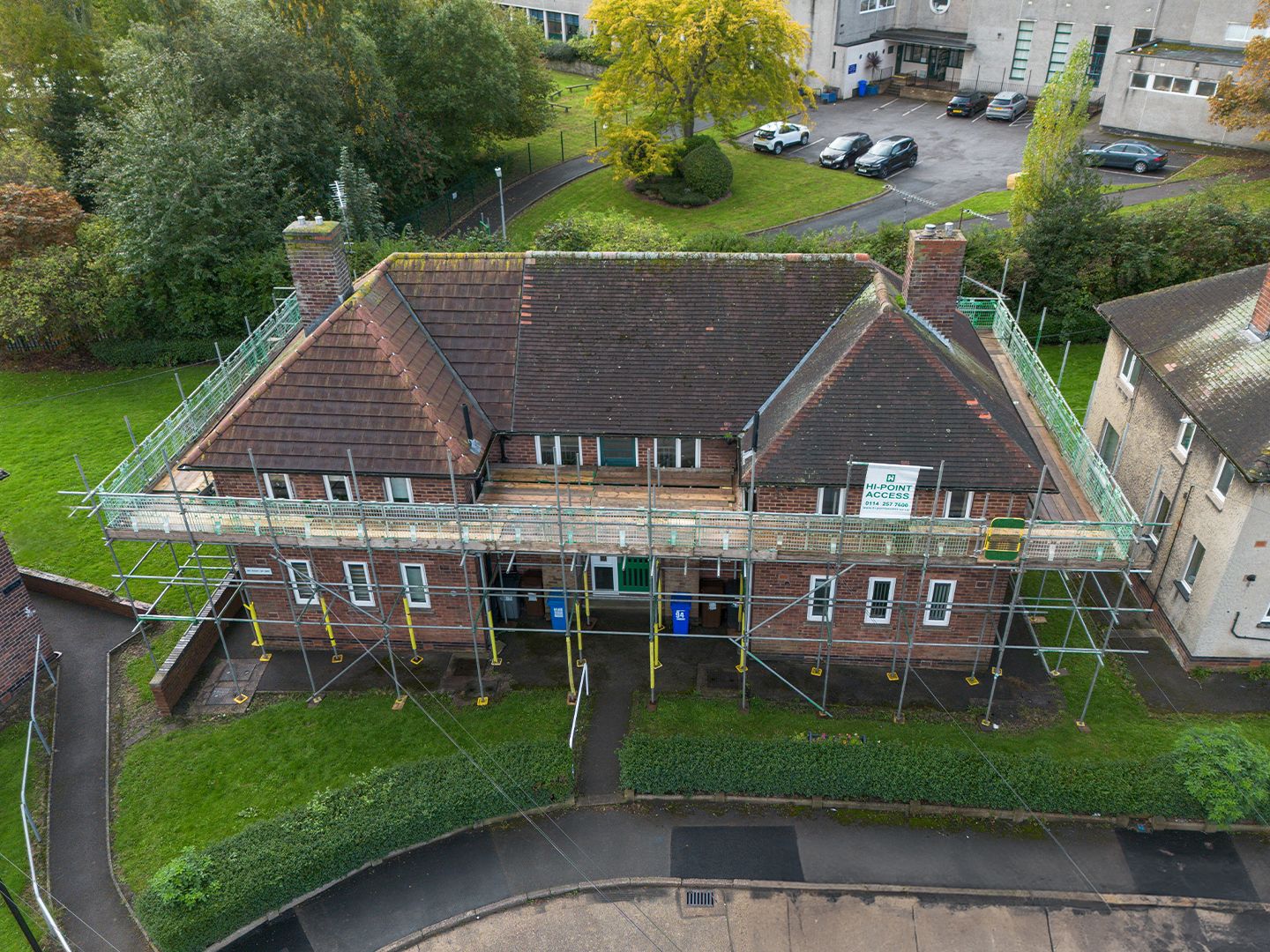Cherry Picker Hire Sheffield – Safe & Smart Access for Every Project Updated: 24 June…
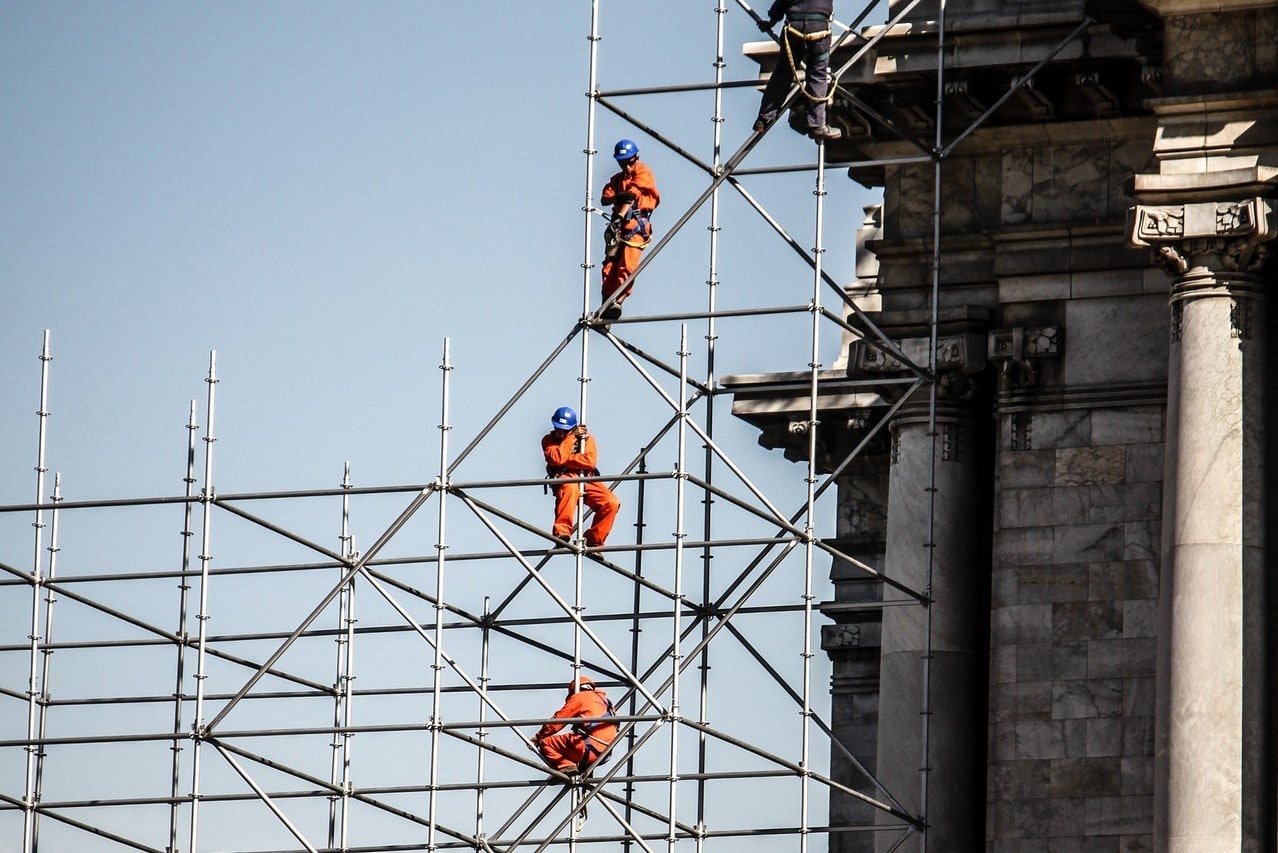
At What Height Above Ground Are You Required to Wear Fall Protection?
In general, any activity that requires workers to work above ground level, where there is a risk of falling, is considered working at height. But, how high above ground level can they work before formal fall protection is required by law? In this article we answer that question and more, helping you and your workers to stay safe when working at heights.
So, at what height above ground are you required to wear fall protection? The law stipulates that suitable fall protection must be used when working at a height of 2m or above. This might not seem that high, but significant injuries can occur when falling from this height, as it often happens rapidly, and unexpectedly.
Read on to learn more about fall protection, and when it should be used.
Jump To:
- At What Height Above Ground Are You Required to Wear Fall Protection?
- What are the 4 Methods of Fall Protection?
- At What Height is a Harness Required?
- Do You Need a Permit for Working at Heights?
- Scaffolding Hire in Sheffield and South Yorkshire
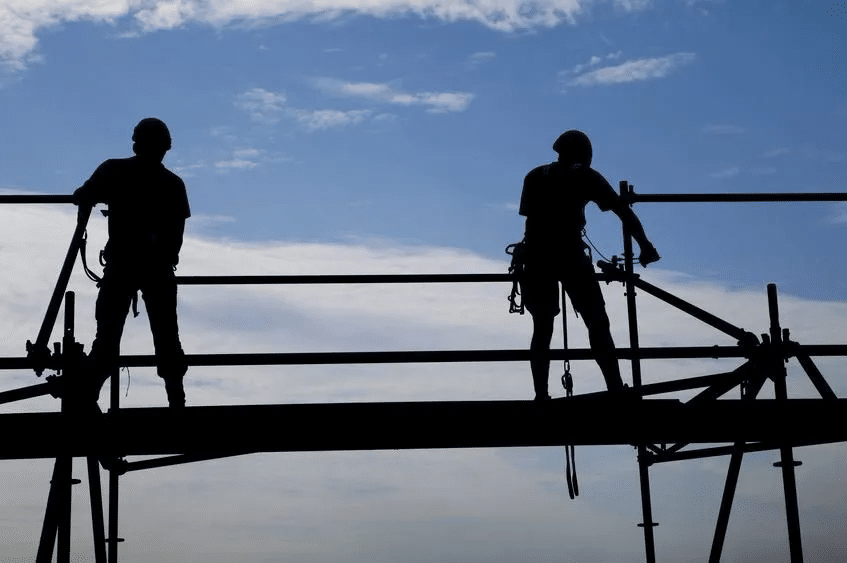
At What Height Above Ground Are You Required to Wear Fall Protection?
Whilst any height above ground, where there is a risk of falling, is considered working at height, UK law (Work at Height Regulations Act 2005) states that suitable fall protection or PPE must be worn from a height of 2m or above. This includes work on a ladder, flat heights, roofs, a fragile surface, or even near a hole in the ground.
The Work at Height Act 2005 also states that, in relation to working at height, workers must:
- Avoid work at height where reasonable able to do so
- Where it cannot be avoided, ensure to use the correct safety equipment
- Do as much work as possible from the ground
- Ensure that workers can get to and from the height safely
- Ensure that any safety equipment is strong, stable, regulated, and checked regularly
- Don’t overload or overreach
- Be aware of falling objects
What are the 4 Methods of Fall Protection?
There are 4 methods of fall protection; each one is used in a specific way to reduce the risk of injury as a result of working at height.
Fall Elimination
Fall elimination are preventative measures that involve finding ways to complete tasks without working at heights, or finding ways to reduce the amount of time spent working at heights. This is often the preferred method for fall protection.
Fall Prevention
Fall prevention is the use of guards or barriers to prevent a worker from falling from a height. These are placed near the edge of scaffolding, where a hazard could occur, or around a weak surface to avoid workers from accidentally stepping on it.
Fall restraints are also classed as Fall Prevention. This includes lanyards, which prevent workers from getting close to the edge of their platform.
Fall Arrest
Fall Arrest are methods used to catch a worker that has fallen from a height. This includes harnesses, anchorage, connectors, and emergency plans and equipment. Many countries require those that work at heights to undergo Fall Protection training, including the proper use of Fall Arrest systems before being allowed to work at heights.
Administrative Controls
Administrative controls do not physically stop a worker from falling from a height, however are used alongside other measures to minimise risks. Examples include the use of a safety observer, a warning line, or the enforcement of a safety policy.
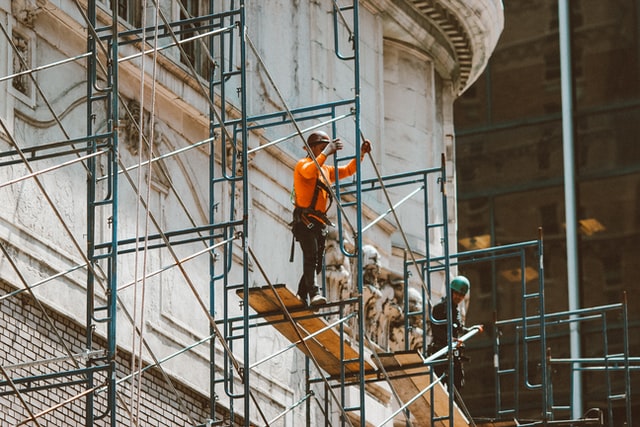
At What Height is a Harness Required?
There is no specific height in which a harness is required over other types of fall protection. Workers should choose the appropriate fall protection based on their environment. However, there are some environments in which a harness is required, such as when using mobile elevated work platforms (MEWPs).
When harnesses and other Fall Arrest systems are used, a minimum vertical clearance must be considered to ensure that the fallen worker does not incur injuries from a badly installed harness. Work this out with the following formula:
Length of lanyard + Fully activated energy absorber + Body height from feet to harness attachment + Additional safety clearance = Minimum vertical clearance.
For example:
2 m lanyard length + 1.75 m energy absorber + 2 m body height + 1 m safety = 6.75 m.
Do You Need a Permit for Working at Heights?
In the UK, there are no legal requirements for permits to work at heights, however any worker intending to work at heights must undertake a working at height training course to prove that they are competent and possess the required knowledge to safely work at heights, and manage risks.
Scaffolding Hire in Sheffield and South Yorkshire
Hi-Point Access can provide a range of different types of scaffolding to suit your job in Sheffield, and across South Yorkshire. Whether you’re looking for traditional scaffolding, indoor scaffolding, or mobile scaffolding, get in touch with us today to discuss your project.


